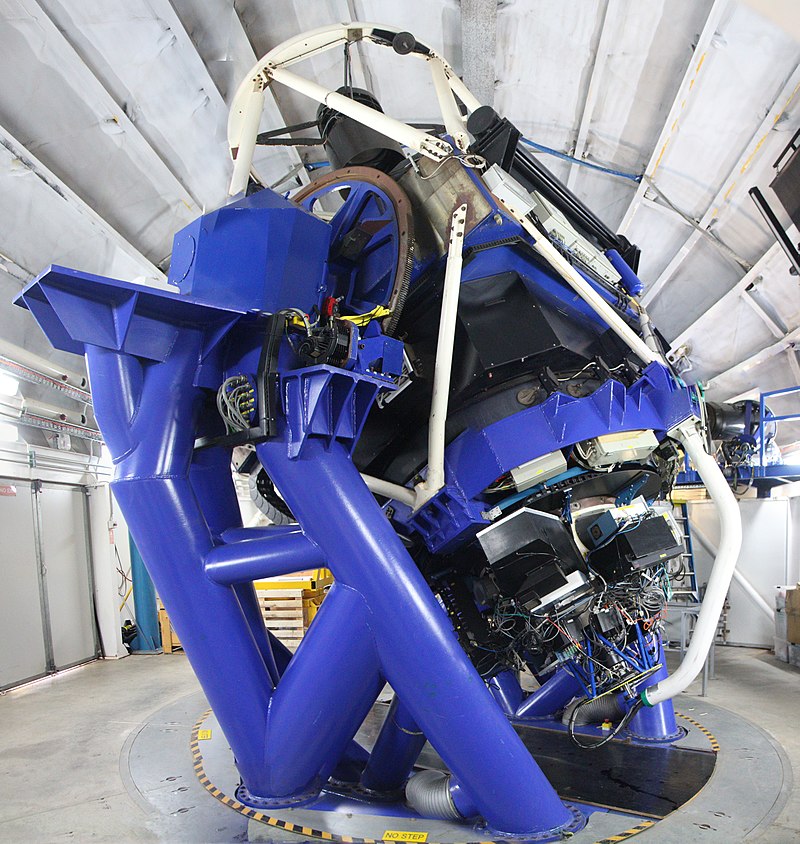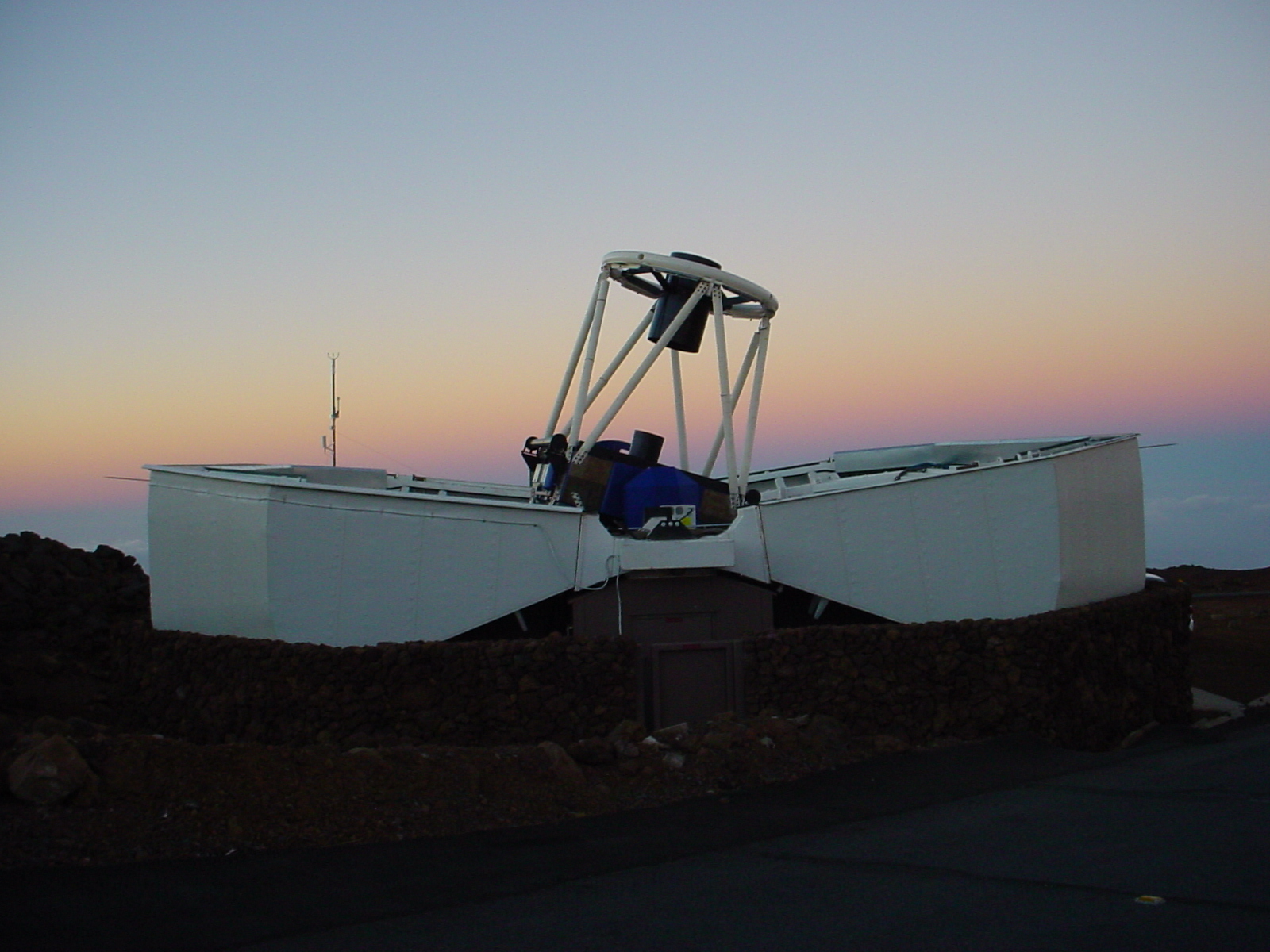-
Faulkes Telescope Project Privacy Policy
Queue or RTI?
There are two different ways to use the Faulkes Telescopes as well as the other telescopes that are part of the LCO network: the Queue System and the Real Time Interface (RTI). Choosing which to use depends on what you want to do with the telescopes, how much control you want over the telescopes and how interactive you’d like your session to be.
What are the Queue System and RTI?
These are the 2 modes in which you can observe with the telescopes in the LCO network. In summary, in queue mode you do not control the telescopes but upload a request for an observation and the telescope scheduler completes this when ready. In RTI mode, you control the telescope yourself for 30 minutes in real-time. These 2 modes of operation are described in more detail below.
How does the RTI work?
 In RTI mode, you are allocated a 30 minute slot on either a 2-metre or 0.4-metre telescope in Hawaii or Australia. For those 30 minutes, YOU are the only person who can control that telescope!
In RTI mode, you are allocated a 30 minute slot on either a 2-metre or 0.4-metre telescope in Hawaii or Australia. For those 30 minutes, YOU are the only person who can control that telescope!
You choose what objects to observe and you can then watch the telescope move into position to take your images via a webcam at the telescope site. Once the images are taken they are almost instantly available to download whilst you are controlling the telescope.
How does the Queue work?
 With the Queue System, you do not control the telescope yourself. You submit an observation and the Queue System will slot your observation in at some point in the near future, when there is a gap for it in the schedule (and within the observing time window you set when requesting your observation).
With the Queue System, you do not control the telescope yourself. You submit an observation and the Queue System will slot your observation in at some point in the near future, when there is a gap for it in the schedule (and within the observing time window you set when requesting your observation).
The images are then uploaded to your LCO account once they have been taken. You can tell the telescopes when you need the images by (e.g. in the next 24 hours, 3 days, 1 week), giving you some control over when the images are taken, but this of course depends on a number of factors such as weather, how busy the telescopes are, and whether there are any technical problems with the telescopes you’ve chosen to use.
Which should I use?
There are several things to consider when deciding between the 2 observing methods. The RTI gives you a lot more interactivity with the telescope, often making it more appealing when demonstrating the telescope to a large group of students. Being able to see the telescope move and get the images in real time is a big draw for people. However, the downside is that if there is a bad weather, a problem with the telescope during your observing slot or the object you want to view isn’t visible, you will not be able to get your observations and you will have to book another slot at another time.
The Queue System on the other hand, whilst not being as interactive to use, offers a much higher success rate of observing. If for some reason there is a problem with the telescope, the Queue System will try to reschedule your observation to ensure the observations complete. The Queue System also enables you to reduce the amount of time needed for each observation. By cleverly slotting in observations to reduce time wasted moving the telescopes, and by planning the observations in advance, you will find that you can do more observations per hour with the Queue System.
Other factors to consider are that the Queue System allows you to observe with more filters than the RTI, the RTI is simpler to use for new users and that RTI slots are only available at specific times of the day.
If you’re still unsure which to use, this page highlights the main factors to consider.
Posted in
